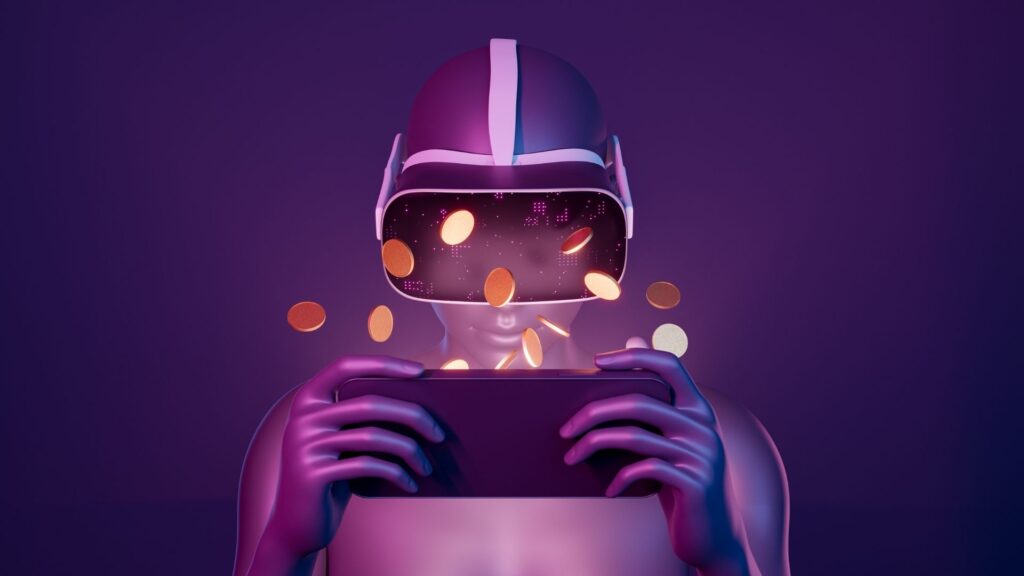Gaming animations have come a long way from the simple, two-dimensional graphics of early games, and have become more realistic, dynamic, and immersive with advancements in technology. The earliest gaming animations were rudimentary, but in the early 90s, 3D graphics enabled more immersive gaming experiences. Motion capture technology, introduced late in the 90s, enabled realistic and fluid movements, and is now a standard feature in most games. Today, gaming animations have become incredibly advanced, allowing for photorealistic graphics and detailed environments. Looking to the future, technologies like virtual and augmented reality, and advances in AI, will likely push gaming animations to become even more immersive and engaging for players.
The Evolution of Gaming Animations: The Past, Present, and Future
Introduction
Gaming has evolved significantly over the past few decades, with animations being a crucial element of the gaming experience. The evolution of gaming animations has transformed the way we game, providing increasingly dynamic and engrossing experiences. In this article, we’ll discuss the past, present, and future of gaming animations.
The Past
The earliest gaming animations were quite rudimentary, with games like Pong and Space Invaders featuring only basic, two-dimensional graphics. However, as technology advanced, so too did gaming animations. The introduction of 3D graphics in the early 90s allowed for a more immersive gaming experience. Games like Doom and Quake took full advantage of this technology to create visually stunning and incredibly engaging worlds.
In the late 90s and early 2000s, motion capture technology revolutionized gaming animations. This allowed developers to capture the movements of human actors and incorporate them into their games, creating more realistic and fluid movements. This technology was first used on a large scale in games like Tomb Raider and Resident Evil, and it soon became a standard feature in most games.
The Present
Today, gaming animations have become incredibly advanced, with photorealistic graphics and incredibly detailed environments. Motion capture technology continues to be used extensively, but developers have also turned to other techniques to create even more engaging experiences. For example, many games now use facial capture technology to create more realistic facial expressions and emotions.
The development of artificial intelligence (AI) has also led to advances in gaming animations. Games like Half-Life: Alyx and Red Dead Redemption 2 incorporate AI that allows for more realistic and dynamic enemy behavior. This creates a more challenging and immersive experience for players.
The Future
Looking to the future, gaming animations are likely to become even more advanced and engaging. With the advent of new technologies like virtual reality and augmented reality, gaming animations may become even more immersive, allowing players to interact with their virtual environments in ways we never thought possible.
Advances in AI will also likely lead to even more realistic and dynamic behaviors from non-player characters (NPCs). We may see NPCs with their own unique personalities and motivations, making the gaming experience feel even more like an actual interaction with other humans.
Conclusion
The evolution of gaming animations has come a long way from the simple, two-dimensional graphics of early games. With advancements in technology, gaming animations have become more realistic, dynamic, and immersive. As we look to the future, there’s no doubt that the developments of new technologies will continue to push gaming animations to new heights, creating even more engaging experiences for players.
